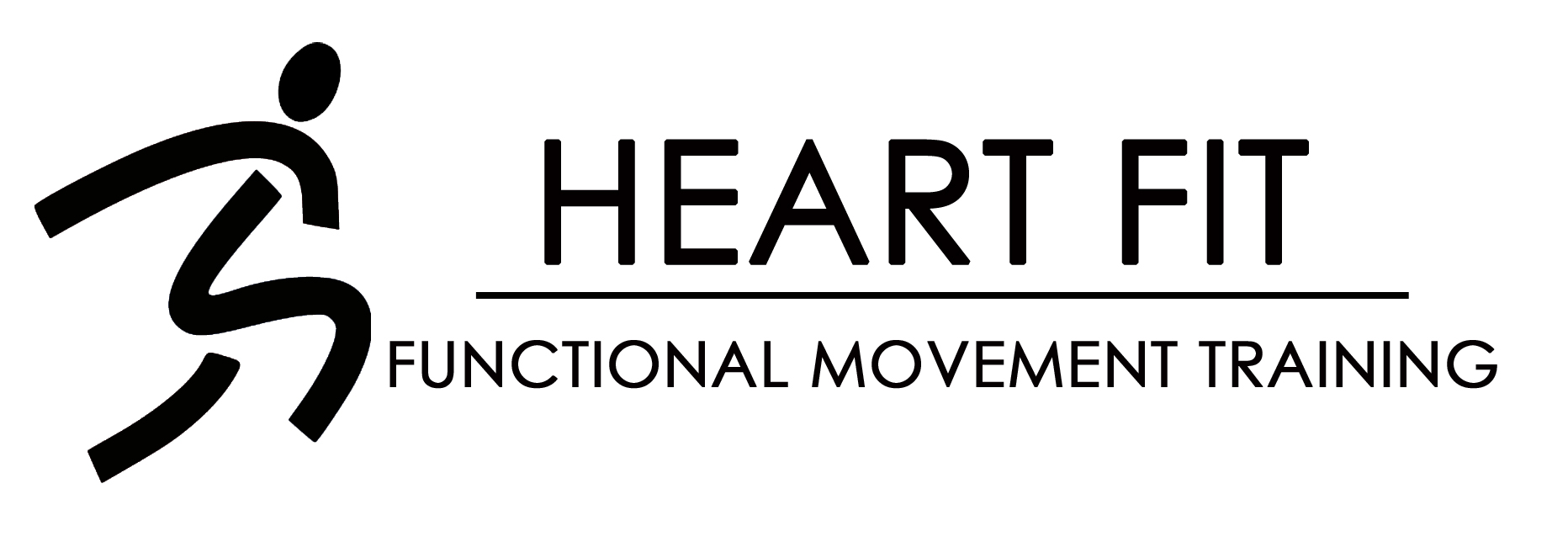The Science behind Core Training

This is the time of the year where people really start exercising seriously after the winter months. The most discussed topic is how do I improve my core and lose those inches around my waist. First off, if you feel like you are soft around the middle you need nutritional coaching. Core training is not about weight loss. When you have been sedentary for weeks and even months the core is the target area that will decondition faster than any other area of your body. For some reason we feel like we need to break a sweat and have the abdominal wall of our stomach burn to feel like we our properly training our core. We need to understand that crunches or any other excessive lumbar flexion of the spine is harmful and not effective. The main function of the core is to protect your spine from going into hyperextension, so why would you want to put an increased strain on these structures by doing isolated crunches.
Your core is so much more than just your abdominal muscles. The core consists of the torso, extensors of the back and shoulders. It will also wrap around your hips and extend to your shoulder girdle to tie everything together. Your core functions to hold your body upright, balance your body and help you transfer energy from your upper body to your lower body. The core will also anticipate an activity with the upper body. Simply reaching for a box of cereal will fire your stabilizers and levers of your core. Your core operates in a reflexive and reactive way so let’s train it that way.
A majority of people are trying to strengthen their core, but are unable to complete a full squat without their knees caving in, turn their shoulders at least forty five degrees or touch their toes. Why would you want to strengthen your core when you don’t have core mobility first? You must achieve full mobility of your core before you can look at increasing stability of your core. The difference between core stability and core strength is that your spine stays completely neutral when working on core stability. If your spine moves you’re strengthening your core but not necessarily creating stability in your core. Adding strength before stability will cause the core to lose its integrity to work in different muscle contractions. Core mobility has to come first, stabilization second and core strengthening last.
So how do you improve your core function? Well for one we need to diagnose your core deficit and stop trying to add positives to your core training and start trying to remove the negatives. The mobility, stability limitations and asymmetries you have are the reason why you compensate and give up your core stability in the first place. Lastly, please stop listening to T.V personalities giving you advice on how to work your abs. A majority of them are not even certified or have any college education at all. I have had a client achieve a so called “six pack” with just sound nutritional habits; in fact we didn’t do any crunches at all.
